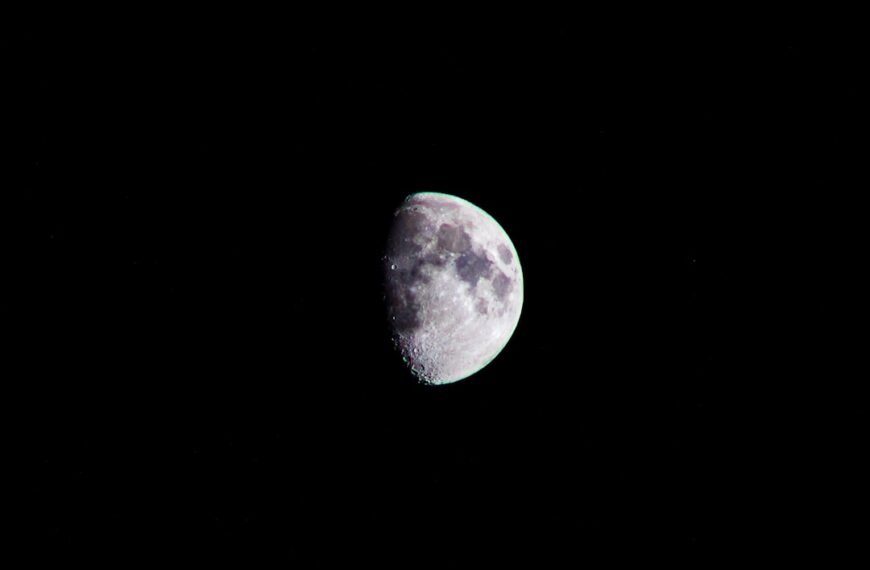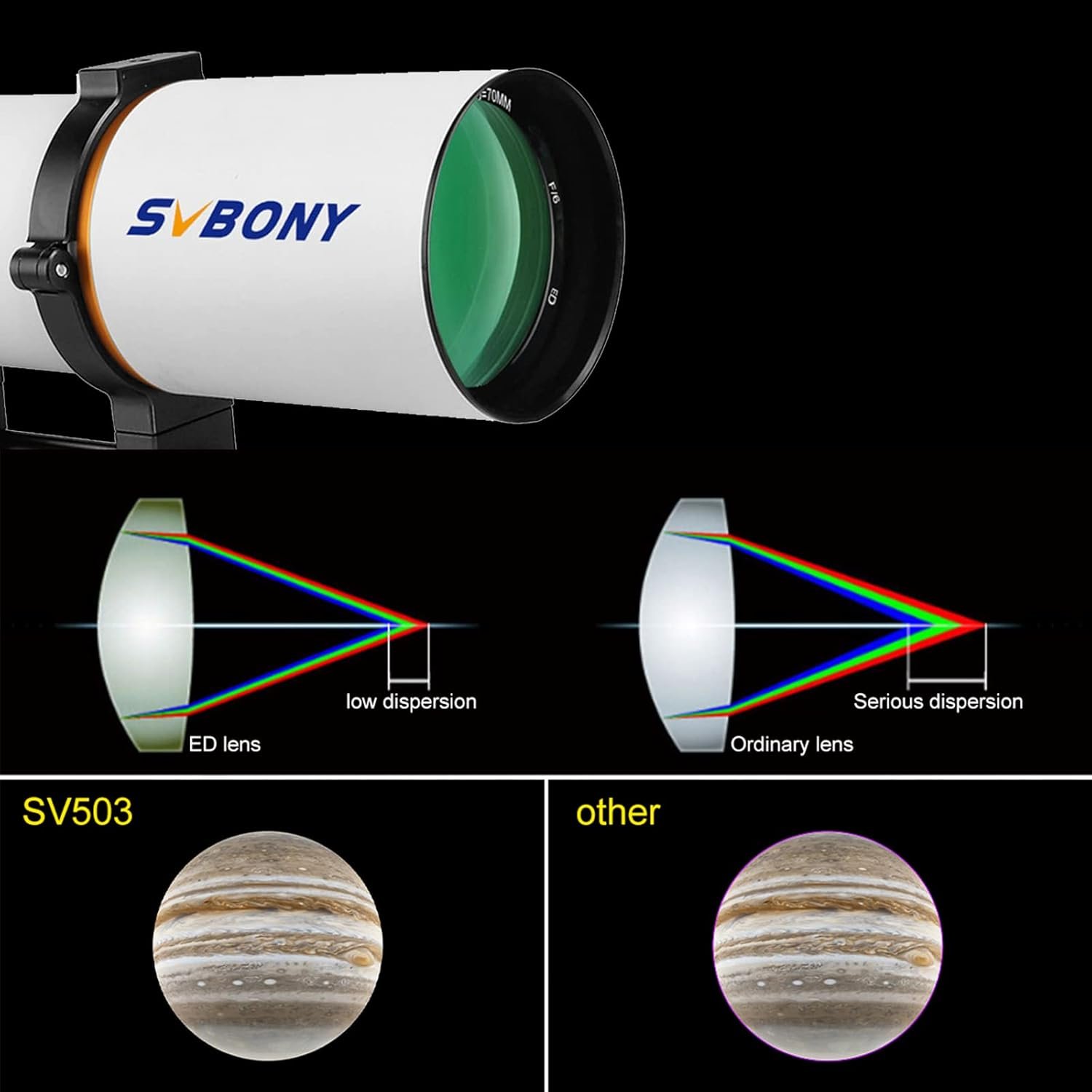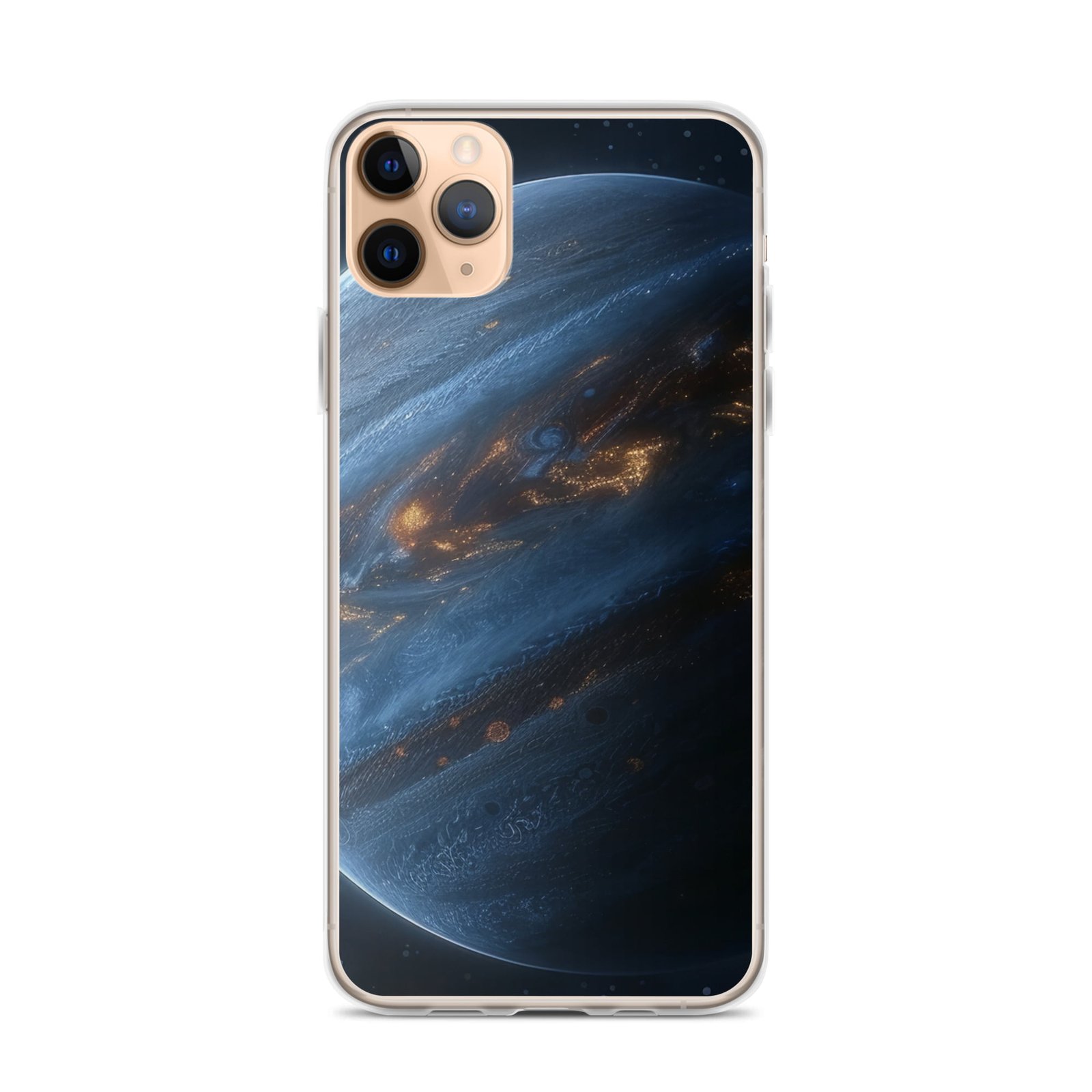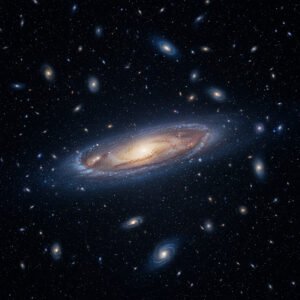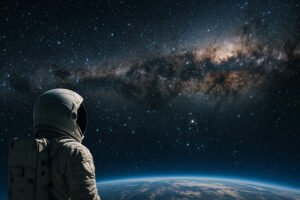The Sun, our closest star, is of utmost importance to our solar system. It provides the energy and heat necessary for life on Earth, and its gravitational pull keeps the planets in orbit. However, like all stars, the Sun has a finite lifespan. In this blog post, we will explore the life cycle of the Sun, its eventual death, and the implications it will have on our solar system. Understanding the Sun’s life cycle and death is crucial for our understanding of the universe and our place within it.
Key Takeaways
- The Sun goes through a life cycle, starting as a protostar and eventually becoming a red giant.
- When the Sun dies, it will expand into a red giant and then collapse into a white dwarf.
- The death of the Sun will have major implications for our solar system, including the end of Earth’s habitable zone.
- The fate of the planets will depend on their distance from the dying Sun, with some being engulfed and others surviving as frozen worlds.
- The death of the Sun could lead to the formation of a new star, but could also result in planetary collisions and changes to interstellar space.
The life cycle of the Sun
The Sun formed approximately 4.6 billion years ago from a giant molecular cloud composed mostly of hydrogen and helium. As gravity caused this cloud to collapse, it began to spin and flatten into a disk shape. The center of this disk became denser and hotter, eventually forming the Sun.
The Sun goes through several stages during its life cycle. The first stage is the protostar stage, where the Sun is still gathering mass from its surrounding disk. As it continues to accumulate mass, the pressure and temperature at its core increase until nuclear fusion begins. This marks the start of the main sequence stage, which is where the Sun spends most of its life.
During the main sequence stage, hydrogen atoms in the core of the Sun fuse together to form helium through a process called nuclear fusion. This fusion releases an enormous amount of energy in the form of light and heat, which is what makes the Sun shine. The Sun will remain in this stage for approximately 10 billion years.
The death of the Sun
Eventually, the hydrogen fuel in the core of the Sun will begin to run out. As this happens, the core will contract under gravity’s pull while the outer layers expand, causing the Sun to become a red giant. During this phase, the outer layers of the Sun will engulf Mercury and Venus, and possibly even Earth.
After the red giant phase, the Sun will shed its outer layers, leaving behind a dense core called a white dwarf. This white dwarf will slowly cool and fade away over billions of years, eventually becoming a black dwarf. However, this process takes an incredibly long time, and it is estimated that the Sun will take about 5 billion years to reach this stage.
Implications of the Sun’s death on our solar system
The death of the Sun will have significant implications for our solar system. As the Sun expands into a red giant, it will engulf the inner planets, including Earth. The intense heat and radiation from the dying Sun will make it impossible for life as we know it to survive on Earth.
The outer planets, such as Jupiter and Saturn, may also be affected by the Sun’s death. The loss of the Sun’s gravitational pull could cause these planets to be ejected from the solar system or sent into chaotic orbits. However, it is also possible that they could be captured by another passing star or form new orbits around a white dwarf.
The fate of the planets
After the Sun’s death, the fate of the planets in our solar system is uncertain. It is possible that some planets could be ejected from the solar system altogether, while others may be captured by another passing star or form new orbits around a white dwarf.
The inner planets, including Earth, will likely be engulfed by the expanding outer layers of the dying Sun during its red giant phase. The intense heat and radiation will make it impossible for life to survive on these planets.
However, there is also a possibility that some of the outer planets, such as Jupiter and Saturn, could survive the death of the Sun. These gas giants have massive gravitational fields and could potentially capture moons or other objects to sustain their own mini-ecosystems.
The end of Earth’s habitable zone

The habitable zone, also known as the Goldilocks zone, is the region around a star where conditions are just right for liquid water to exist on the surface of a planet. Earth is located within the habitable zone of the Sun, which is why it can support life.
However, as the Sun evolves and eventually dies, the habitable zone will shift outward. This means that Earth will no longer be within the habitable zone and will become inhospitable for life as we know it.
The impact on the outer planets
The outer planets, such as Jupiter and Saturn, will also be affected by the death of the Sun. As the Sun expands into a red giant, its outer layers may engulf these planets, causing them to be destroyed or sent into chaotic orbits.
However, there is also a possibility that these planets could survive and even become habitable. If they are captured by another passing star or form new orbits around a white dwarf, they could potentially sustain their own mini-ecosystems and support life.
The possibility of a new star formation
While the death of the Sun marks the end of our current solar system, it is possible that a new star could form in its place. When a star dies, it releases its outer layers into space, creating a nebula. This nebula can then collapse under its own gravity to form a new star.
However, the likelihood of a new star forming in our solar system is low. The conditions necessary for star formation are complex and require specific circumstances that may not be present in our solar system after the death of the Sun.
The potential for a planetary collision
After the death of the Sun, there is also a potential for planetary collisions to occur within our solar system. As the gravitational forces change and planets are ejected from their orbits, they could collide with other planets or objects in space.
These collisions could have significant consequences for the surviving planets. They could alter their orbits, cause massive destruction, or even result in the formation of new planets.
The effects on interstellar space
The death of the Sun will also have an impact on interstellar space. As the Sun’s outer layers are released into space, they will mix with the surrounding interstellar medium, which is composed of gas and dust.
This interaction between the dying Sun and the interstellar medium could have several effects. It could trigger the formation of new stars or influence the evolution of existing stars. It could also contribute to the enrichment of the interstellar medium with heavy elements, which are necessary for the formation of planets and life.
The long-term future of our solar system
In conclusion, the death of the Sun will have profound implications for our solar system. The inner planets, including Earth, will be engulfed by the expanding outer layers of the dying Sun, making them uninhabitable. The fate of the outer planets is uncertain, but they may survive and even become habitable.
The death of the Sun will mark the end of our current solar system, but it also opens up possibilities for new star formation and planetary collisions. Understanding the Sun’s life cycle and death is crucial for our understanding of the universe and our place within it. It allows us to appreciate the transient nature of our existence and to ponder the mysteries that lie beyond our solar system.
If you’re fascinated by the mysteries of the universe and want to delve deeper into the topic of what will happen to our solar system when the Sun dies, then you must check out The Universe Episodes. This website is a treasure trove of knowledge, offering a wide range of articles that explore various aspects of our cosmos. One article that caught my attention is “The Future of Our Solar System: Exploring the Fate of Planets.” It provides a thought-provoking analysis of the potential scenarios that await our solar system in the distant future. To learn more about this captivating article, visit The Universe Episodes and embark on an enlightening journey through space and time.
FAQs
What is the Sun?
The Sun is a star located at the center of our solar system. It is a massive ball of gas that generates heat and light through nuclear fusion.
What will happen to the Sun when it dies?
In about 5 billion years, the Sun will run out of fuel and begin to die. It will expand into a red giant, swallowing up Mercury and Venus, and possibly even Earth. Eventually, it will shed its outer layers and become a white dwarf.
What will happen to the planets when the Sun dies?
When the Sun becomes a red giant, it will expand and swallow up Mercury and Venus. Earth may also be engulfed, but it is uncertain. The outer planets, such as Jupiter and Saturn, will likely survive, but their orbits may be altered.
Will the solar system continue to exist after the Sun dies?
Yes, the solar system will continue to exist after the Sun dies. The planets will continue to orbit the white dwarf that the Sun becomes.
What is a white dwarf?
A white dwarf is a small, dense star that is the remnant of a larger star that has exhausted its nuclear fuel. It is about the size of Earth but has a mass similar to that of the Sun. It emits very little light and heat.







